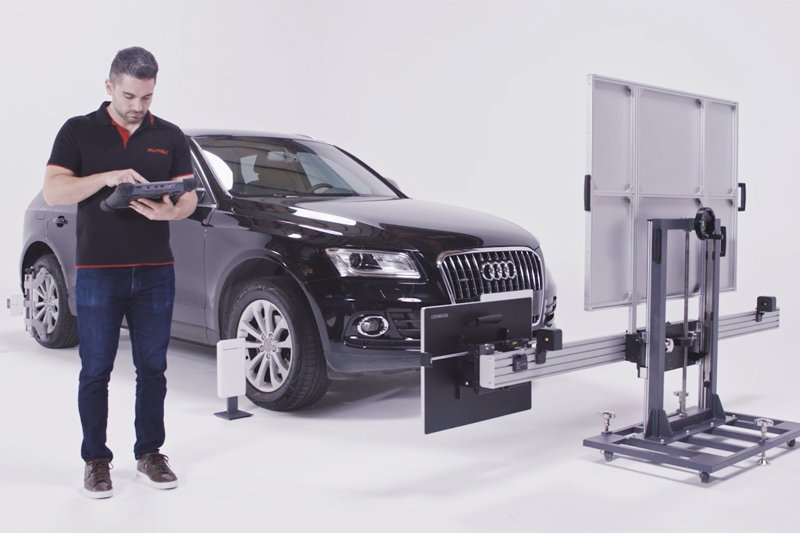Comprehensive Guide to Car Door Lock Repair: Troubleshooting and Solutions
The integrity and functionality of a vehicle's door locks are necessary for both the security of the car and the safety of its occupants. Car door locks can experience a range of problems, ranging from small mechanical problems to complete failures. This post seeks to offer a useful overview of car door lock repair, describing common issues, diagnostic procedures, and solutions.
Comprehending Car Door Locks
Before delving into repair procedures, it is crucial to understand the components of a common car door lock. There are 2 main types of locks: mechanical and electronic.
Parts of a Car Door Lock System
- Lock Cylinder: The part where the key is inserted.
- Latches: Mechanisms that hold the door shut.
- Actuator: Electric motor in electronic locks that assists in locking and unlocking.
- Linkage: Connects the lock cylinder to the lock.
- Remote Key Fob: In electronic systems, this is utilized to lock and unlock the doors from a range.
Typical Issues with Car Door Locks
Car door locks can fail for a multitude of reasons. Here are some common issues experienced by vehicle owners:
- Sticking or Frozen Locks: Especially in cold weather condition, locks can become hard to run.
- Lock Not Engaging or Disengaging: Both mechanical and electronic locks can deal with problems where they do not react to the key or remote.
- Key Jams: The key may get stuck in the lock, making it difficult to lock or unlock the door.
- Remote Malfunction: In electronic systems, the key fob might not work due to battery issues or programming issues.
- Physical Damage: Vandalism or mishaps can harm the lock system.
Troubleshooting Car Door Lock Issues
When a car door lock is not working correctly, it is crucial to detect the problem precisely before continuing with a repair. Below are actions that can help troubleshoot the issue:
Step-by-Step Troubleshooting
Visual Inspection:
- Check the door lock and surrounding components for noticeable damage.
- Take a look at the key for wear and tear.
Evaluate the Key:
- If the lock is sticking or not engaging, try utilizing an extra key if available.
- Guarantee the key is tidy from dirt and debris.
Examine the Actuator:
- Listen for any sounds when pressing the key fob. A clicking noise may indicate a malfunctioning actuator.
Examine Door Wiring:
- Check the wiring that connects the door lock to the vehicle's electrical system.
- Try to find detached or torn wires.
Temperature Influence:
- If the lock is sticking in cold weather condition, apply lithium grease to assist lube the mechanism.
Fixing Common Door Lock Issues
Once the problem has actually been detected, the repair can start. Here are some common repair strategies for various issues:
Fixing a Sticking or Frozen Lock
- Cleaning: Use a graphite lube or silicone spray to tidy and lube the mechanism.
- Heating: If frozen, use a hairdryer to warm the area around the locking mechanism thoroughly, avoiding getting too hot.
Repairing a Lock Not Engaging/Disengaging
Lock Cylinder Replacement:
- If the lock cylinder is used, consider replacing it. This frequently includes spying off the door panel to access the lock system.
Actuator Replacement:
- For electronic locks, if the actuator is malfunctioning, it will require replacement. Make sure to disconnect the battery before attempting this repair.
Repairing a Jammed Key
- Extraction Tool: If a key is stuck, utilize a pair of needle-nose pliers to gently pull it out, or a key extractor.
- Lock Lubrication: Apply a little amount of lube to relieve the process.
Remote Key Fob Malfunction
- Battery Replacement: Most remotes have exchangeable batteries. Follow the producer's guidelines to replace the battery.
- Reprogramming: Sometimes, the remote needs to be reprogrammed. Refer to automotive key replacement for steps to reprogram the key fob.
Physical Damage Repairs
- Door Lock Assembly Replacement: If the lock is physically damaged, total replacement of the lock assembly might be needed.
- Professional Help: If unsure about DIY repairs, look for help from a licensed mechanic.
Upkeep Tips for Car Door Locks
To prolong the life of car door locks, regular upkeep is vital. The following practices can help preserve optimum efficiency:
- Regular Lubrication: Apply proper lube to the locks every couple of months.
- Keep Keys Clean: Regularly clean the car keys to prevent dirt accumulation.
- Avoid Excessive Force: Do not use extreme force when locking or unlocking; this can trigger damage with time.
- Look for Signs of Wear: Be mindful to any modifications in the lock's performance and address problems quickly.
FAQs about Car Door Lock Repair
Q: How can I inform if my door lock is broken?A: Common
signs consist of the lock not engaging or disengaging, a jammed key, sounds from the door when utilizing the key fob, or visible damage to the lock assembly.
Q: Can I repair a car door lock myself?A: Yes, lots of basic concerns can be resolved by following the repairing steps in this article, but complicated concerns might require professional help. Q: What type of lubricant should I use
for my locks?A: It is best to use graphite powder or silicone-based lubricants considering that oil can draw in dirt and grime. Q: How much does it typically cost to replace a car door lock?A: The cost can differ extensively
based on the vehicle's make and model, but typical replacement costs
can vary from ₤ 100 to ₤ 300, including labor. Car door lock repair can appear complicated, however comprehending the parts and typical problems can make the process much more workable. Whether dealing with little repairs yourself or seeking expert help for more significant concerns, keeping the door locks operating properly is important for vehicle security and safety. Regular maintenance and prompt attention to problems can substantially extend the life of your car's locking system.

